Kung Fu (功夫) – meaning “achievement through great effort” in Chinese – is one of the most rigorous forms of training for mind, body and spirit.
As both a martial art and a cultural practice that blending physical prowess with self-cultivation towards human excellence, Kung Fu aims at strengthening the whole person. This holistic personal improvement requires tremendous dedication and perseverance in the face of continuous intensive training.
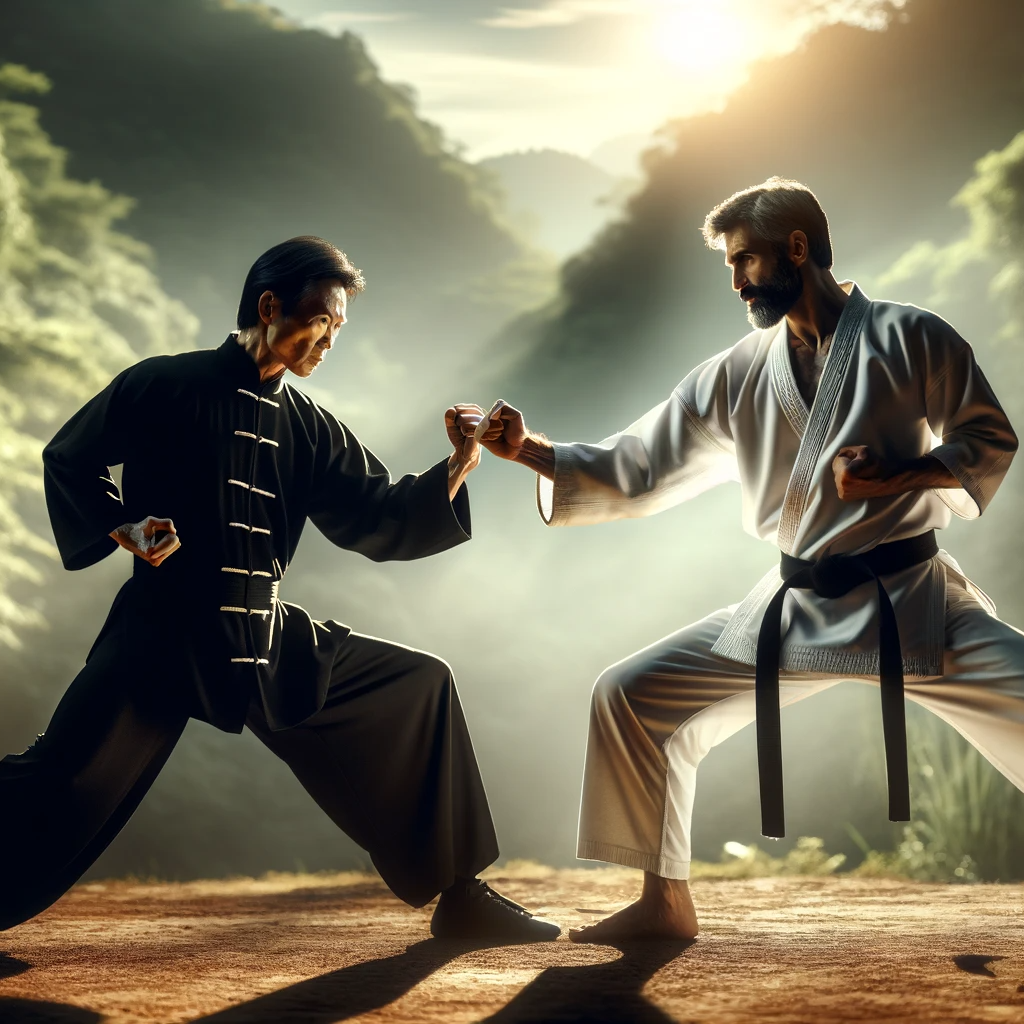
Proper Kung Fu training is a path of internal and external striving towards mastery and enlightenment. The physical dimension develops external strength, speed, endurance, flexibility and skills. Mental training cultivates the strategic thinking, confidence, self-honesty and determination of a warrior.
The spiritual aspect connects the practitioner to the philosophical and community traditions of the art. Together, these facets build the foundation and sustain the necessary efforts for achievement through the “great effort” embodied within Kung Fu.
Contents
Rigorous Physical Exercises For Strength and Endurance
The External practice of Kung Fu focuses on conditioning the body to withstand tremendous hardship, while learning techniques and strategies for sparring and self defense. This Physical Training aims at developing balanced strength, muscular endurance, cardiovascular health, flexibility, body hardening and martial skills.
Balance Training
Standing in horse stance for extended periods of time, often over an hour straight, builds tremendous balance and leg strength. Practicing forms on narrow beams or poles also test exceptional balance control while teaching vital alignment.
Advanced students may even practice forms or kicking drills atop posts or pillars set several feet off the ground and no wider than one’s shoulders.
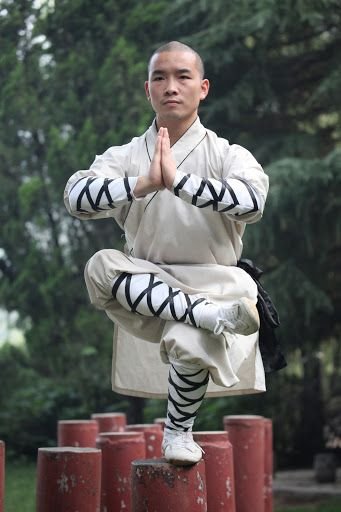
Kung Fu balance training regimes develop exceptional posture and proprioception
Muscular Endurance
Calisthenics performed for very high repetitions build incredible metabolism-boosting muscular endurance. Practitioners may do hundreds of fingers tip or knuckle pushups in a session, or several thousand punches spread throughout the day on heavy bags.
Advanced students add weight vests, gloves or ankle weights to basic movements, greatly intensifying the effort. Common strength training equipment includes Jow Ga rings, rattan sticks, iron palm bags, focus mitts, wooden dummies and other heavy bags.
Cardiovascular Capacity
In addition to routine distance running and interval sprints, more intense exotic cardio training equipment gets integrated into practice:
- Heavy rope jumping builds incredible stamina through skipping routines
- Kettlebell swings promote whole body power
- Battling ropes whip and slice through the air to elevate heart rate
- Sledgehammers require tremendous grip strength and shoulder stability to swing
- Sandbags, Bulgarian Bags and Medicne Ball slams raise dynamic strength
Flexibility Training
Regular stretches are held for 5-10 minutes at a time to facilitate maximum range of motion and kicking height. Splits, backbends and other advanced postures get worked for 30 seconds or more before switching sides.
More advanced Kung Fu schools incorporate supplemental Yoga, Qigong or Tai Chi exercises to amplify multiplanar flexibility while also cultivating internal energy cultivation.
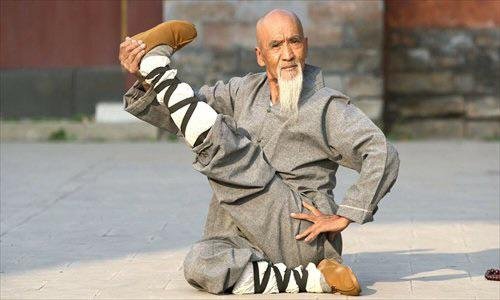
Extreme stretching develops the hyper-flexibility required for advanced Kung Fu kicking techniques
Skill Development Through Drills
Perfecting the intricate hand techniques, stances and footwork patterns contained within hundreds of classical forms takes regular practice sessions and corrective feedback from coaches and senior students. Drilling essential strikes like straight punches, backfists, elbow strikes, hooks and uppercuts on pads, shields and heavy bags ingrain proper striking mechanics through endless repetitions.
Kicking drills ensure technical proficiency of the wide arsenal of lower body techniques including side, front, roundhouse, hook, axe, crescent and spinning heel and toe kicks.
Advanced students may even drill aerial and jumping kicks by delivering techniques onto elevated padding like angled poles or hanging heavy bags. Sparring sessions test timing, distance and control while providing a platform to creatively synthesize offensive techniques and counter maneuvers.
Body Hardening & Conditioning
Adaptation training strengthens the limbs and body against blows by repeatedly striking hard surfaces or allowing parts of the body to get hit and kicked. Common body hardening methods include:
- Punching sand bags or gravel pits hundreds of times to break down calcium deposits
- Striking wooden posts and coconut trees to deaden nerves and layer cartilage
- Allowing kicking and strikes to land on parts of the body to withstand pain
- Laying on nail beds or hitting oneself with sticks/ropes to discipline the mind
This pain and impact resistance allows advanced students to manipulate traditional Kung Fu weapons like staffs or swords using any part of the body.
Complete Mind-Body Awareness Through Intense Meditation
The mental component gets developed through seated meditation, standing/walking contemplation, visualization rehearsals, energy manipulation practices and meditating under extreme distress or hardship.
This rated awareness trains the focus and discipline necessary to execute techniques and tactics nonconsciously in the heat of battle.
Seated Silent Meditation
The most essential Kung Fu mental exercise aims to still the ripples of the heart-mind by returning constantly to mindful observation of the breath and bodily sensations.
Sitting completely motionless in lotus posture or cross legged with spine erect, the practitioner aims to clear all thoughts as they arise by concentrating awareness to the present moment, often anchored by following the continuous cycle of inhaling and exhaling.
This classic seated practice builds the persistence, patience, discipline and introspection required to know oneself at ever deepening levels.
Standing & Walking Contemplation
Intermediate students work on maintaining a meditative state during more active aspects of life through standing meditation or mindful walking. Whether standing still or in constant motion, the focus gets centered on bodily balance, proper structural alignment, fluid coordination and release of unnecessary tension while maintaining alert awareness.
Regular acts like washing dishes, sweeping the floor or other chores all become opportunities to practice mindfulness. This ability allows martial artists to conserve and gather energy for intense demonstrations of power precisely when needed.
Mental Rehearsal Through Visualization
Vividly playing through challenging situations or executor complex techniques in one’s imagination conditions appropriate motor and neurological pathways for optimal performance.
Regular visualization rehearsals engraves intricate physical skills into muscle memory and instinctual responses to various stimuli. They also bolster confidence that one has sufficient training to overcome any adversity or obstacle in competitions, performances and street altercations.
Qigong Energy Manipulation Exercises
Unique breathing methods, synchronized movement sequences and intentioned gestures guide unseen energy streams throughout the body to strengthen health and vitality in advanced Chinese energy work exercises knows as Qigong (氣功).
By stabilizing stance and spine, regulating breath to be calm, deep and smooth and massaging the organs with specific motions, Qi Gong balances energy circulation throughout the meridian channels. Powerful bodily sensations get produced by exercises like Gather Qi at Dantian, Lift Chi Up & Pour Qi Down Channel, Telescope Eyesight and Working Marrow Washing.
These ancient practices amplify martial capacity through increased power, speed, sensitivity and endurance. Their tranquil and holistic nature also offers relief to over-training and repetitive stress injuries.

Qigong energy breathing techniques cultivate internal power
Meditating Under Duress
To fully inoculate focus amid chaos and duress, advanced Kung Fu practitioners drill meditation skills under extreme physical discomfort. Students aim to maintain serene observation of thoughts and sensations despite intense scenarios like:
- Perching on the points of upright spears or sharp sticks
- Standing or balancing on limbs while large bags swing into the body
- Getting repeatedly struck and kicked all over by fellow students
- Running long distances in summer heat carrying heavy weights
- Submerging oneself fully in frozen ponds during winter
Through confronting seemingly impossible difficulties, the depths of concentration stabilize as the practitioner learns to transmute pain and despair into motivation and perseverance. This ability to remain calm under pressure allows the highest masters to manifest tremendous power precisely when necessary after long periods of total stillness.
Rigorous Mental Discipline Through Study and Self-Mastery
In addition to meditation, Kung Fu training regimens carefully cultivate the intellect, situational strategizing, confidence and self-honesty expected of expert martial artists who move with the skill and spontaneity of wild animals yet live with the wisdom and discipline of sages.
Contemplating Teachings Through Memorization
Regular study of Kung Fu classics and treatises like Epitaph for Wang Zhengnan, or analysis of legendary schools like Wudangquan internal methods and Shaolinquan external skills builds broad theoretical knowledge. Advanced students may even commit hundreds or thousands of such analytical verses to memory to directly guide their practice and teaching.
Knowledge gathering also progresses through oral transmission from masters to disciples as core concepts get explained and then repeatedly recalled as the basis for written essays or verbal demonstrations of comprehension.
Strategic Skill Development
Sparring with a wide variety of partners under diverse rules and scenarios strengthens strategic intelligence and control as practitioners creatively adapt tactics based on the strengths and weaknesses of each unique opponent.
Repeated exchanges calibrate distancing, timing and judgment of optimal techniques given body type, speed, temperament and habitual movements of the adversary. Diligent reflection after exchanges identifies patterns and opportunities to evolve intuitive decision making during fights.
Bolstering Confidence Through Accomplishments
As milestones accumulate through demonstrations of skills under pressure, self-doubt naturally gets replaced by faith in proper reactions spontaneously manifesting amid conflict.
Regular accomplishments that cement core competencies include breaking boards, bricks or other objects with strikes, sparring intense exchanges without getting hit for several minutes at a time, executing complex techniques and routines perfectly at competitions or festivals, defeating highly ranked opponents and teaching students who ultimately advance to mastery themselves.
Maintaining Beginner’s Mind Through Self-Honesty
Despite renown recognition as high level masters, the great Kung Fu practitioners often maintain a beginner’s mindset through radical self honesty. Continual introspection paired with soliciting feedback from peers and students regarding shortcomings supports improvement by confronting ego.
Gentle reminders of persistent flaws and demonstrations of techniques exceeding one’s own skill displays the perpetual path towards self mastery and refinement. This mindset sustains continuous progression through later decades by nullifying the hierarchy from young students often surpassing their teachers after just a few short years of dedicated training.
Cultivating Indomitable “Warrior Spirit”
Central to progressing through the advanced stages of Kung Fu involves nurturing an unwavering indomitable spirit that welcomes challenges and adversity as opportunities for growth. This warrior mindset manifests as a subtle relaxation during stressful exchanges along with clear tactical cognition.
Built through hundreds of hours struggling through exhaustion, pain, frustration and fear, the practitioner develops faith in their ability to adapt fluidly to inevitable chaos. Regular hardship frees inverted perspectives about discomfort, ultimately allowing freedom towards focusing attention on optimal presence.
Spiritual Development Through Ritual and Community
The cultural legacy preserving the depth of Kung Fu gets transmitted through communal rituals that connect followers across generations in an unbroken line of wisdom transmission from master to disciple. These ceremonies also purify energy to amplify practice.
Paying Respects Through Ritual Bowing
At the start and end of every class, students bow fully on the ground towards the shrine altar to pay respects to the masters of the lineage and monastery. Elders, guest teachers and senior students also get bowed to in gestures of honor, gratitude and humility.
This habit acknowledges the blood, sweat and tears that past practitioners sacrificed to accumulate the vast sea of hard earned wisdom that gets humbly passed on.
Ritual Offerings & Energetic Cleansing
Burning cleansing incense at the outset of each training session purifies distracted minds and frees energy flow to facilitate total presence. Students also make symbolic offerings by placing cups of tea before images of founders, deities or enlightened beings to receive blessings at the beginning of certain rituals.
Other common spiritual practices include burning Luo Han incense on one’s pressure points, bathing standing under waterfalls and completing fasting or mantra recitations during holidays.
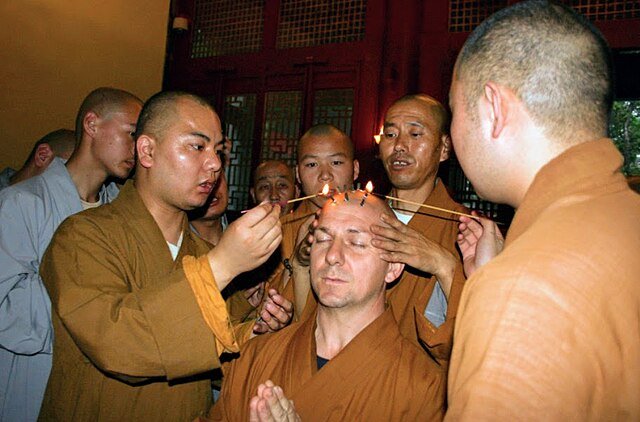
Ritual offerings harmonize energy between the practitioner and the realm of enlightened beings
Chanting & Mantra Recitation
Quoting proverbs, reciting mantras or vocalizing key sounds in unison layers motivation and channels focus as the group moves and trains as one unified organism.
Belting out cries also helps release tensions, expresses solidarity and builds bonds. The synchronized vibrations that get produced also direct spiritual conduits linking the invisible world to dynamically affect events in the visible one.
Rites of Passage & Graduation Traditions
Induction rituals like sparring against multiple attackers while blindfolded or performing feats of physical skill congratulate students who reach new levels. Examples include pulling heavy loads, breaking dense objects with strikes or feats of accuracy throwing projectiles.
Graduation ceremonies attended by the whole school honor those dedicated enough to complete the decade plus journey from beginner to mastery. They pass down signature artifacts like handmade weapons and certificates marking titles denoting competence teaching the next generation.
Community Service & Contribution
Reciprocity gets demonstrated through preparing meals, cleaning grounds and repairing equipment. Helping update training regimens, contributing to newsletters and websites maintains the school. Assisting new students intoxicates beginnings while guiding advanced disciples perpetuates the flow. This work gets offered humbly as tokens of appreciation for the tremendous efforts by ones teachers.
Conclusion
Kung Fu excellence requires tremendous perseverance through adversity, hardships and pain to slowly accumulate positive habits that compound gradually like drops filling a bucket. But the advanced skills that get built open doors for people to contribute their talents towards society at the highest levels.
There are valuable lessons we can extract from the intense holistic training methods practiced by these Kung Fu monks, nuns and sifus for excelling in any human endeavor. The physical strengthening allows incredible confidence and vitality to spread teachings by example.
Mental clarity sustains focus and strategy to overcome obstacles or conflicts. Concentrative meditative awareness unlocks flow states for peak performance. And the spiritual rituals build powerful communities able to support members to walk Pi’s narrow road towards self mastery and actualization.
Even senior masters continue honing their skills through continuous intensive training into old age. So too can dedicated practitioners make progress today by simply sitting in silence for 5 minutes per day, then gradually increase training intensity like strengthening muscle fibers through progressive resistance.
Small, achievable steps compound like falling drops filling a pond until one day we turn around and see we have walked farther than we dreamed possible. I invite you to begin prioritizing your own physical health and mental growth training today!
- Read More on Shaolin Kung Fu!
- Read Next on Famous Kung Fu Masters Through History
FAQs
Here are the top 30 most asked FAQs on Kung Fu training regimens and practices:
What are the main types of Kung Fu training?
Physical conditioning, forms practice, sparring, meditation, and special skills like iron body or breaking objects.
How long are a typical Kung Fu class or training session?
Anywhere from 1-2 hours at the beginning levels to 4+ hours for intense advanced training. Sessions may repeat multiple times throughout the day.
What are important aspects of flexibility training?
Splits, backbends and other stretches held for extended periods to increase range of motion and kicking height. Schools often incorporate yoga and qigong exercises as well.
What type of strength and endurance activities do students practice?
High repetition calisthenics like pushups, pullups and squats; thousands of strikes on bags per session; running, rope jumping, and other intense cardio exercises.
Do students use special equipment for conditioning?
Yes, common equipment includes wooden dummies, heavy bags, target pads, resistance bands, staffs, sandbags, battle ropes, or ankle/weight vests.
How does body hardening training work?
Repeatedly striking sand or gravel pits; hitting forearms and shins on hard objects to deaden nerves and build protective calcium layers.
What are important aspects of balance training?
Holding stances like horse or dragon for over an hour builds leg strength; performing forms on beams develops alignment.
How does visualization meditation help?
Mentally rehearsing moves/strategies engraves them in muscle memory; builds confidence to succeed in future challenges.
What are qigong practices?
Regulating breathing and body motions to cultivate internal energy flow for increased power and vitality.
How are community values built in Kung Fu schools?
Through rituals like chanting, offerings, serving at events, and induction rites praising student’s progression through the ranks.
Do students participate in sparring and application training?
Yes frequently – to develop timing, distancing, control, and intuitive adaptability; exchanges get progressively more intense.
What are some seated meditation techniques?
Observing breath and clearing thoughts cultivates awareness, patience and mental discipline by quieting the mind.
How does stand/walking meditation differ?
It maintains meditative focus during everyday active tasks like training, chores or exercise to release tension.
What are common reasons students practice Kung Fu?
Self defense skills, fitness, self confidence, discipline and focus, preserving cultural arts lineage.
What ethical codes do students follow?
Tenets like discipline, respect, compassion, restraint from harming others, living simply, cultivating wisdom.
How many years does it take to gain mastery?
At least a decade of intensive full time training to gain teaching ranks; lifelong refinement through advancing age and stages.
What injuries are most common?
Tendon or muscle strain from overuse during repetitive conditioning, impact trauma to hands/feet from hard striking.
How can I get started learning Kung Fu?
Look for an accredited school and speak with masters for their philosophy before committing long term. Be patient and allow skills to develop slowly.
Can anyone practice despite lack of flexibility or strength?
Yes, any beginner starting from their current condition can make progress through proper perseverant training. Building baseline aptitudes just takes consistent practice.
What traditional weapons may students train?
Common Kung Fu weapons include staffs, swords, spears, hooks, fans, butterfly knives, clubs, poles, benches, ropes/chains.
What martial ranks do students progress through?
School-specific, but may include novice, disciple, graduate disciple, instructor, assistant instructor, master.
How often do students test for new ranks?
Variable by school but often every 6-12 months from beginner through intermediate levels based on demonstrated skills, knowledge and teaching abilities at each stage.
Is Kung Fu only for young athletic students?
Not at all – with proper alignment and intensity adjustment, Kung Fu benefits those of all ages and backgrounds who train smartly and keep learning.
Are there modern applications of Kung Fu?
Yes – the reflexes, body mechanics and concepts readily transfer into mixed martial arts, self defense tactics, stunt work, acting, security and law enforcement roles.
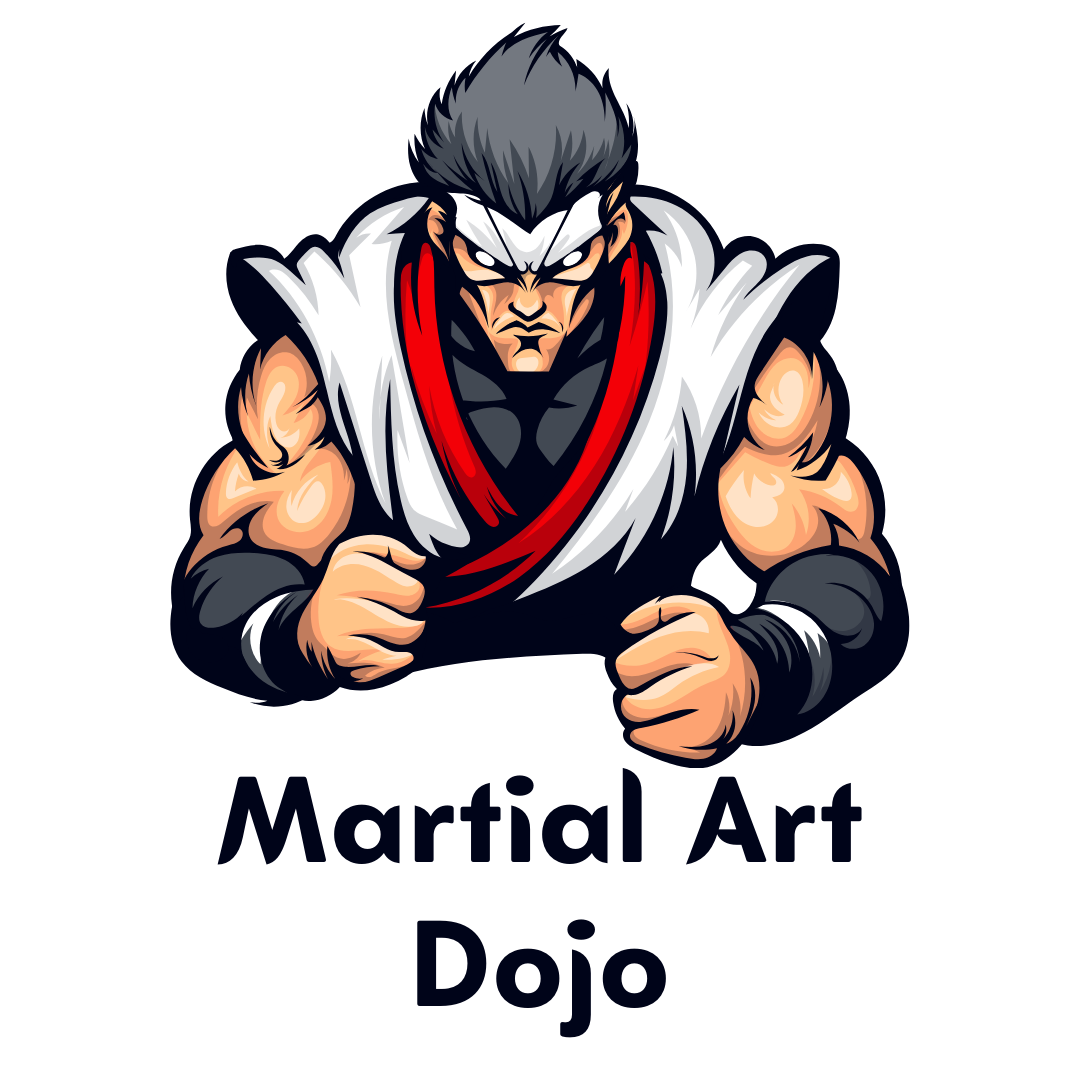
[…] Read Next on Kung Fu Training Regimens and Practices […]